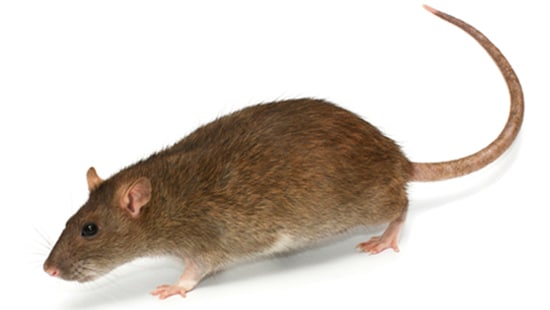
Commercial Rodent Elimination
Rats and mice are an indication of unsanitary conditions. Given their history of spreading disease, it's easy to see why they can repulse customers. Just one rodent sighting can easily drive clientele away for good, result in negative inspection evaluations and even shut down your business. Rodents also destroy valuable food inventory and their gnawing and burrowing can cause costly structural damage.
Keep Rodents Out
Ecolab’s rodent prevention and elimination programme protects your facility from rats and mice. The best way to manage risk is through an integrated approach to pest management, using a range of techniques, tools and systems that achieve long-term control of pest activity. An ‘outside-in approach’ focuses on minimising activity in high risk areas, tracing back to the root cause. With regards to rodents, the outside-in approach means reducing rodent pressure on the exterior, establishing a solid barrier to keep them out and responding quickly to eliminate interior activity.
Ecolab’s Outside-in Approach to Rodent Control
There are three layers to complete rodent protection;

1. Outside
This is the first line of defence – identifying and reducing pest pressure externally is often the most effective long-term solution for establishing and maintaining a pest-free environment.
- Harbourage – deny harbourage sites such as overgrown vegetation or ‘rubbish’
- Food – ensure waste is stored correctly in secure containers
- Water – remove standing water
PEST FACT: Did you know, each day mice only need 3g of food and rats 30g?
2. Entry
Potential entry points need to be monitored and modified to reduce risk of rodents getting into the building.
Some of the most common rodent entry points include;
- Doors
- Structural holes or damage
- Gaps in expansion joints or around pipes
- Vents
- Delivery and loading bays
PEST FACT: Did you know, that mice can squeeze through a hole as small as 6mm?
3. Inside
The presence of rodents inside the facility indicates that there has been a breach across the first two layers of protection, therefore it is required to:
- Monitor
- Harvest – mass removal of large infestations through trapping
- Eliminate – complete removal via strategic placement of traps and attractants
A Comprehensive Pest Programme
Ecolab’s comprehensive pest programme combines an outside in approach to pest control with on-site consultation, data-driven reporting, 24/7 customer support and educational tools to raise staff awareness on how they can prevent pest activity.
When you partner with Ecolab Pest Elimination you can be confident you are getting innovative, science-based solutions to keep your customers and staff safe and your facility pest-free.
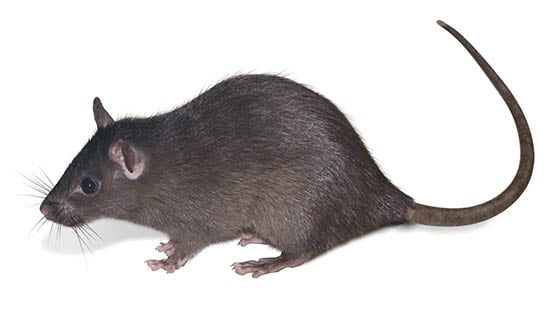
Rodent Facts:
- Because they often live and travel in garbage, sewers and other unsanitary areas, rodents can spread bacteria and illnesses such as Salmonella, e.Coli and dysentery.
- If you can fit a pencil into a gap or hole, a mouse will be able to wiggle its way through that 1/4 inch (0.635 cm)-diameter hole as well!
- Ever wonder why rodents gnaw? Because their incisors never stop growing, they need to chew and gnaw on things to keep their teeth from growing into their skull.
- In 6 months, a single pair of mice can eat 4 pounds (1.80 KG) of food and contaminate 10 times that amount with urine and droppings. Also contaminating packaging and food-contact surfaces with the 18,000 droppings they produce in the 6 months.
Rodent Videos
Rodents: Mitigating Public Health Risk
Rodent Readiness
Rodent Attractant
Rodent Articles
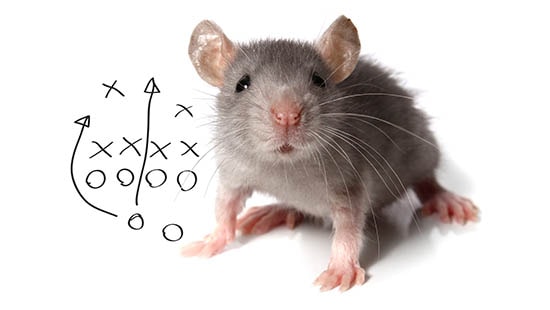
Rodent Defense: The Science Behind Rodent Control
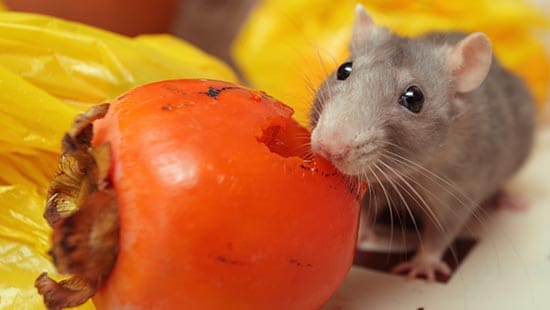
Food Safety 101: Inspecting Winter Deliveries for Rodents
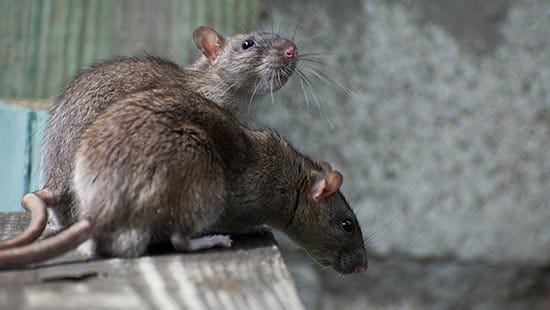
Common Types of Rodents to Look Out For
Rodents present a significant risk to food safety due to their ability to vector and spread diseases. Here are the common rodents you should look out for.

Employees, Your First Defense Against Rodents
Because rodents are prolific breeders and rarely seen during the day or when operation is in full swing, an infestation can develop quickly and your employees need to know how to act quickly.


